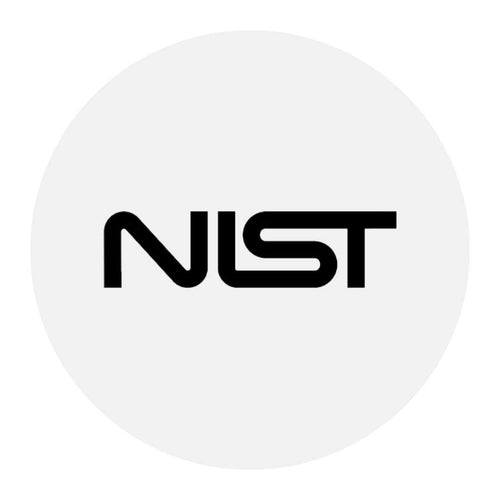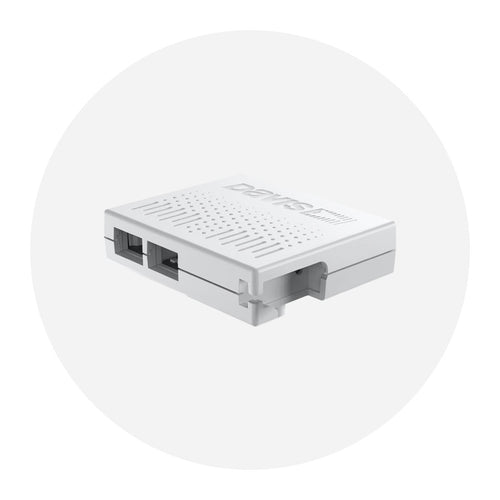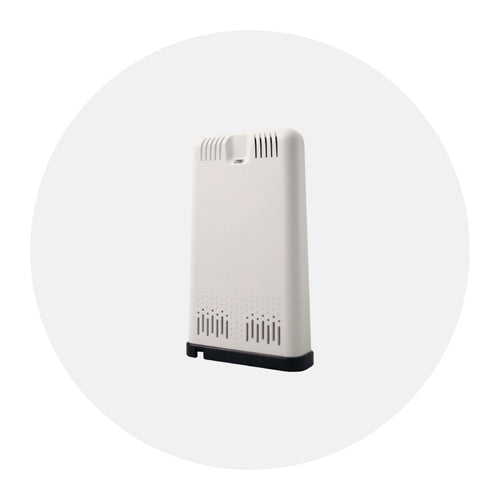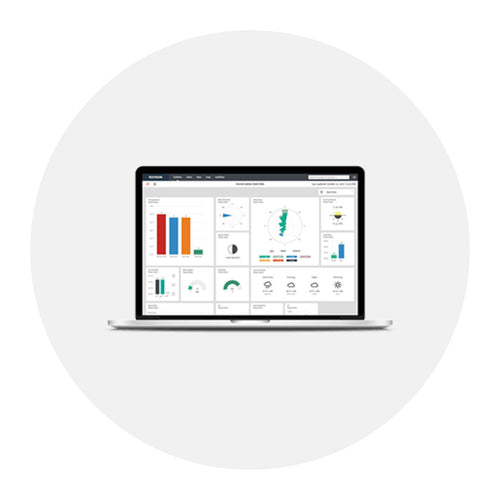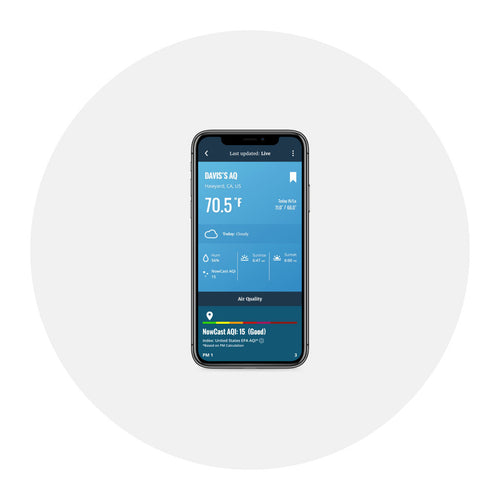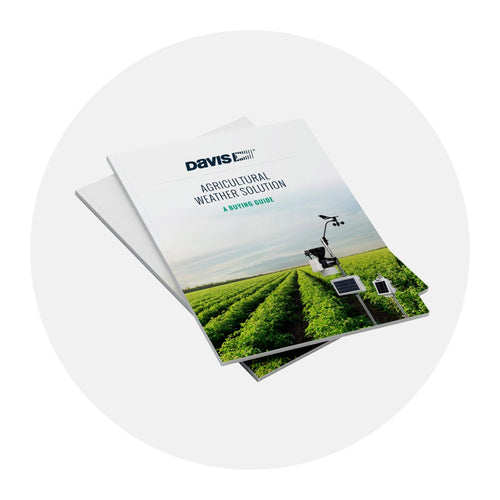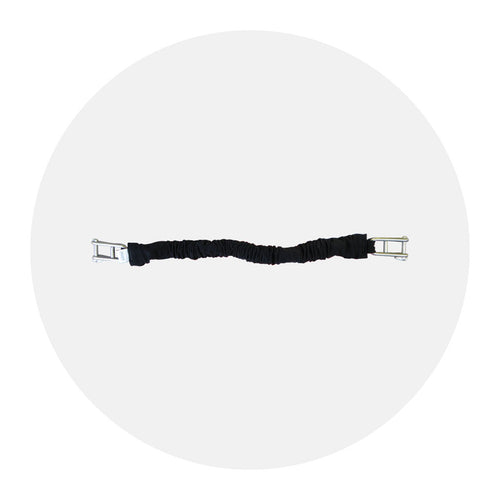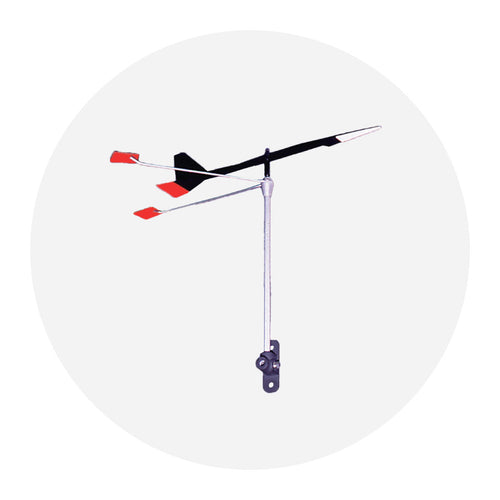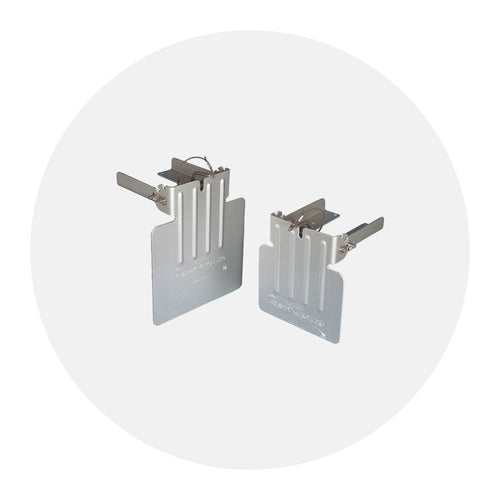
Mobilize’s Integrated Pest Management Turns Data Into Crop-Protecting Insights
Since the first pea farmer in Neolithic Greece picked and squished the first cutworm off his seedlings, farmers have been at war with agricultural pests. And the first thing anyone growing anything learns is that while the pest battle may be won with squishing, the war is won with prevention.
Pests are not just cutworms and aphids and their insect colleagues. As destructive to crops as insects are the range of plant diseases, as well as fungi. We can add more to the plant pest list –like fungi, weeds, mammals, birds, amphibians and gastropods – but insects and plant diseases are what really worry growers.
 But modern growers have a power weapon: Integrated Pest Management (IPM) (Walkthrough Video). Davis has melded IPM into the Mobilize app, the Davis agricultural-focused app that uses hyper-local data direct from the Davis weather station in your fields. Mobilize provides easy step-by step screens that let you choose which crop, which sensors, and finally, which pest models you wish to see, and finally, from which sensors. Mobilize will then show you the pest risk in that specific field. The risk can be high, moderate, low or unknown. Mobilize will also show you the insect stage and the GDD accumulation, where applicable.
But modern growers have a power weapon: Integrated Pest Management (IPM) (Walkthrough Video). Davis has melded IPM into the Mobilize app, the Davis agricultural-focused app that uses hyper-local data direct from the Davis weather station in your fields. Mobilize provides easy step-by step screens that let you choose which crop, which sensors, and finally, which pest models you wish to see, and finally, from which sensors. Mobilize will then show you the pest risk in that specific field. The risk can be high, moderate, low or unknown. Mobilize will also show you the insect stage and the GDD accumulation, where applicable.
IPM is a comprehensive approach to solving pest problems. We took the knowledge of pest biology and ecology, plant phenology and economic injury level, and merged that body of information with real-time, hyper-local weather and environmental data from the grower’s own field. The result is a pest-damage weapon that is tailored to that grower’s crop in that specific environment. IPM gives growers the ability to see what pests could be a threat so that action can be taken before it’s too late. As a result, the grower sees healthy plants and increased yield while protecting human health and reducing cost and waste.
 Why does weather matter?
Why does weather matter?
That Neolithic Greek farmer learned quickly that he could squish lots of cutworms if he took a torch out to his fields in the dark of warm spring nights. Since then, researchers around the world have added to his field knowledge about the conditions that favor both pest growth and pest treatment by studying the life cycles of each crop pest and how that cycle is affected by weather and environmental factors such as temperature, leaf wetness, relative humidity, rainfall and solar radiation. Modern growers now have at their disposal weather-dependent warning models, some very complex, to predict the risk of pest damage.
Temperature is the main factor in contributing to the development of invertebrate organisms like insects. For each species of insect, there is favorable temperature range with lower and upper thresholds. Models use degree-day accumulation to predict when insects will reach a particular stage of their life cycle, such as egg hatch or larva occurrence.
Temperature is also a main environmental factor in plant diseases. But leaf wetness, soil moisture, relative humidity, rain and even wind also matter. That sounds like a lot of factors to monitor, but the good news is that all those data points can be measured with an EnvrioMonitor system that includes the Vantage Pro2 GroWeather sensor suite and EnviroMonitor nodes for soil moisture and leaf wetness sensors.
Plant disease warning models are more complicated than insect models. They integrate complex biological processes such as spore germination, penetration, infection, and sporulation. Then the models add mathematical calculations to estimate risk assessment and time or events using weather station data on temperature, rain, humidity, and leaf wetness duration. A third leg of the plant disease triangle is the host plant itself. To get infection you need the pathogen, a susceptible host plant, and favorable environmental conditions. The region’s climate also matters. For some plant diseases, there are several models based on different climates.
With IPM, growers don’t have to guess when to apply pesticide, or which pesticide to apply or when to schedule disease management actions. They can avoid chemical over-application that can impact both the environment and their bottom line.
IPM is just one of the reports you can take advantage of in Mobilize. Other reports include Irrigation Management, Frost Tracking, Crop Management (including GDDs and Chilling Units), and Weather.
Mobilize is a powerful, free app that allows you track all of the data from your Davis system. It is available for both iOS and Android.
IPM and Mobilize are part of our extensive EnviroMonitor system, a simple and cost-effective way for you to get critical field data continuously transmitted from your field to your smartphone. Learn more about EnviroMonitor here.
In the face of escalating environmental risks, AEM is the essential source for insights on weather, climate, lightning, floods, wildfires, water management, and more.
Learn more about AEM and all of our solutions here.





